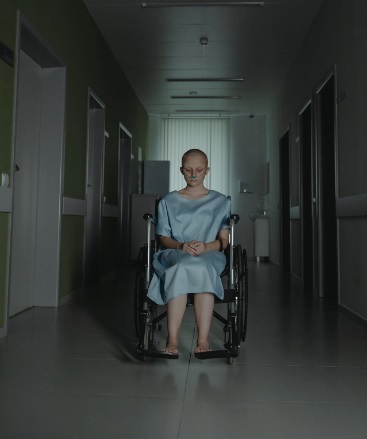
BCS and Endocrine Therapy for Luminal Breast Cancer and Recurrence Is Low
Data from the LUMINA trial (NCT01791829) showed a very low 5-year recurrence rate in patients 55 years and older with T1N0, grade 1/2 luminal A breast cancer after treatment with breast-conserving surgery (BCS) and endocrine therapy. Five (5) years after trial enrollment, researchers discovered local recurrence in 10 of 500 eligible patients, with a cumulative incidence rate of 2.3% (90% CI, 1.3%-3.8%; 95% CI, 1.2%-4.1%); the upper limit of the CI was below the study’s predetermined boundary of 5%. All recurrences were invasive; 6 were true or marginal, and 4 were located in other parts of the ipsilateral breast.
Following therapies for individuals with recurrent illness included further breast-conserving surgery (n = 4) and mastectomy (n = 6).
“A lower incidence of ipsilateral breast cancer recurrence has been observed over time,” the investigators noted. “This has been observed since the era of early trials, conducted 40 years ago, that showed the efficacy of postoperative radiotherapy.” It is possible that many individuals with a low risk of local recurrence could be treated successfully with just surgery and hormone therapy. Therefore, a goal in the treatment of patients with a low risk of local recurrence is to provide better care without radiotherapy, avoiding the radiotherapy’s short- and long-term [unfavorable] effects.
A population of patients with early-stage illness who had received BCS and were at low risk for local recurrence was included in the single-group, prospective, multicenter cohort research. Patients had to be 55 years of age or older, have an invasive illness diagnosis, and be eligible for the trial. Additionally, patients had to have margins of at least 1 mm after surgery, axillary lymph nodes that were negative, and a primary tumor that was no larger than 2 cm in diameter. Tumors were also needed to express estrogen, progesterone, and HER2 receptors, according to further inclusion criteria.

Additionally, patients had to have a Ki67 positivity that was consistent with the luminal A subtype, 13.25% or less. According to the local investigator’s assessment, those who had the luminal B subtype and a Ki67 positive rate higher than that specified earlier received off-study treatment.
Included in the exclusion criteria were lobular disease, multifocal or multicentric disease, grade 3 histology, an extensive intraductal component, or evidence of lymphovascular invasion, as well as clinical or pathological evidence of direct extension to the skin or chest wall.
500 of the 740 patients who registered and completed the study’s eligibility requirements went on to participate in the intension-to-treat analysis. The median patient age was 67.1 years (interquartile range: 62.9–71.6), and 11.6% of the population was over 75. The median tumor size across patients was 1.1 cm. Eight patients did not receive any endocrine therapy at all, while the majority of patients (59%) and (41%), respectively, received tamoxifen or an aromatase inhibitor. As of their most recent follow-up, 82.7% of individuals who had endocrine therapy were still receiving it.
Investigators reported a 5-year cumulative incidence of contralateral breast cancer of 1.9% (90% CI, 1.1%-3.2%), as well as a total recurrence rate of 2.7% (90% CI, 1.6%-4.1%). Furthermore, the overall survival rate was 97.2% (90% CI, 95.9%-98.4%) and the 5-year disease-free survival rate was 89.9% (90% CI, 87.5%-92.2%). 13 deaths were documented by investigators, and one of those deaths had a breast cancer connection.
Reference :-
Whelan TJ, Smith S, Parpia S, et al. Omitting radiotherapy after breast-conserving surgery for luminal A breast cancer. N Engl J Med. 2023;389:612-619. doi:10.1056/NEJMoa2302344

